

FlightGear forum • View topic - Space Shuttle - STS 62 A Polar Express high alti...
source link: https://forum.flightgear.org/viewtopic.php?f=87&t=38916
Go to the source link to view the article. You can view the picture content, updated content and better typesetting reading experience. If the link is broken, please click the button below to view the snapshot at that time.

Space Shuttle - STS 62 A Polar Express high altitude journey
by GinGin » Thu Mar 18, 2021 10:46 pm
I decided to go for a long haul mission with saves and resumes to go through all the nominal operations that we can accomplish with the Shuttle.
Seeing the last screens from EatDirt and Thorsten, I wanted to go high both in inclination and in altitude, at the limits of what would have been the Vandenberg Department of Defense missions.
I chosed to try to replicate STS 62 - A, which would have been the first Polar Mission from Vandenberg in 1986.
https://en.wikipedia.org/wiki/STS-62-A
https://www.nasaspaceflight.com/2005/12/sts-62a-the-polar-express/
A veteran crew with Robert Crippen as Commander
Part 1: A tough journey began with thorough preparations
First challenge was to set up a proper mission file to have some reliable insertion parameters and intact abort sites.
A bit of inter/extrapolation here and there from SCOM performance chapter datas.
No need to say that the Final Performance Reserve which is usually around 15000 pounds of LH2/LO2 (1%) will not be met there
Parameters chosen
Payload: 33000 pounds (Spartan as a small spy satellite and 30000 pounds for the OMS kit offering 1000 fps of extra Delta Velocity ( https://cp3.irmp.ucl.ac.be/~ringeval/upload/spaceshuttle/PBK/shuttle_perf_with_omskit.pdf)
Orbital Insertion Parameters: : Inclination 80° / Apogee 320Nm / MECO flight path angle 1.35° / MECO Inertial Speed 26125 ft/s / OMS assist of 60 seconds ie. 120fps // Throttle up at 109%
Abort Sites: Vandenberg for RTLS, Easter Island for TAL, Edwards for AOA
Insertion OMS burn: OMS 2 000/00:40:00.0 / 800fps / Orbit 500 x 320 Nm
Sun is rising up above California, strong storm let the area wet and humid with no smog at the horizon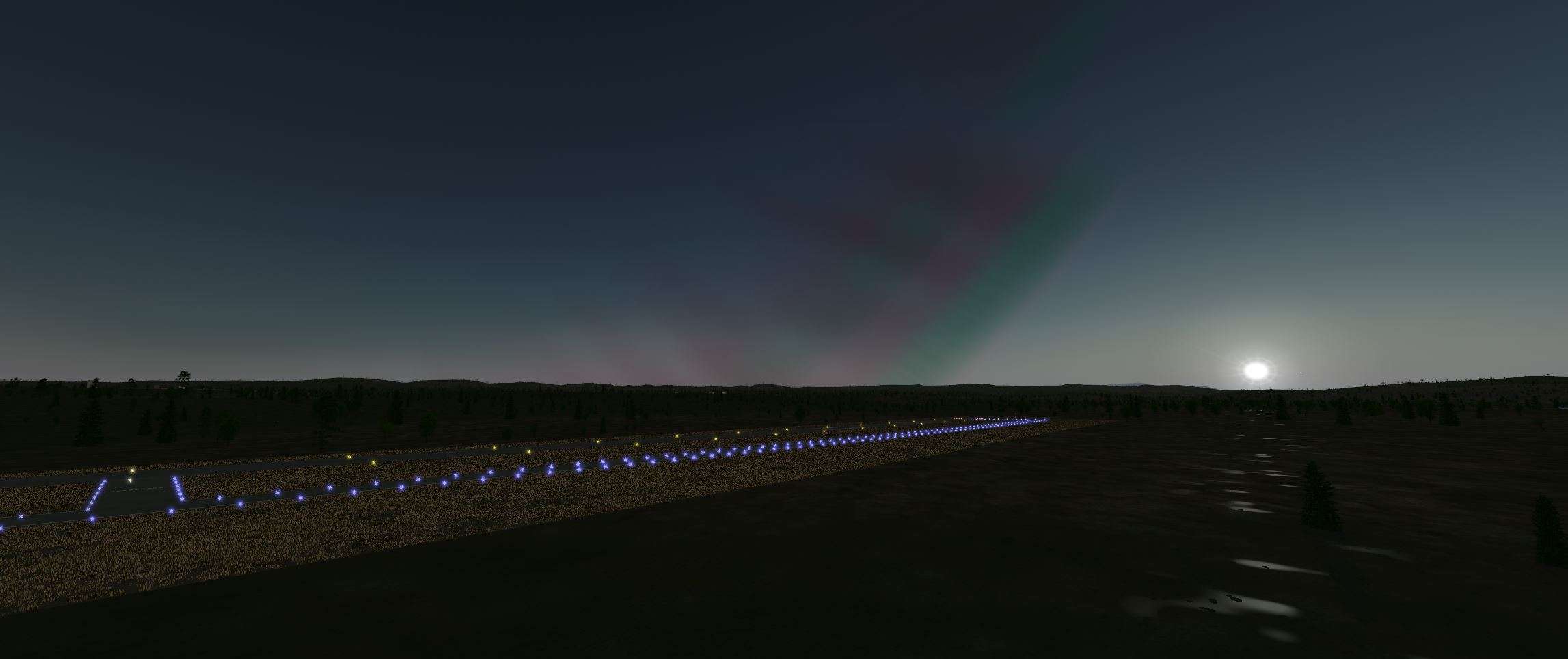
Hold of 10mn is over, no complications, MCC gave the Go for Launch and the 9 mn countdown starts
Commander Crippen watches the last ground crews leaving the launch tower, letting them alone with their 800 tons of explosives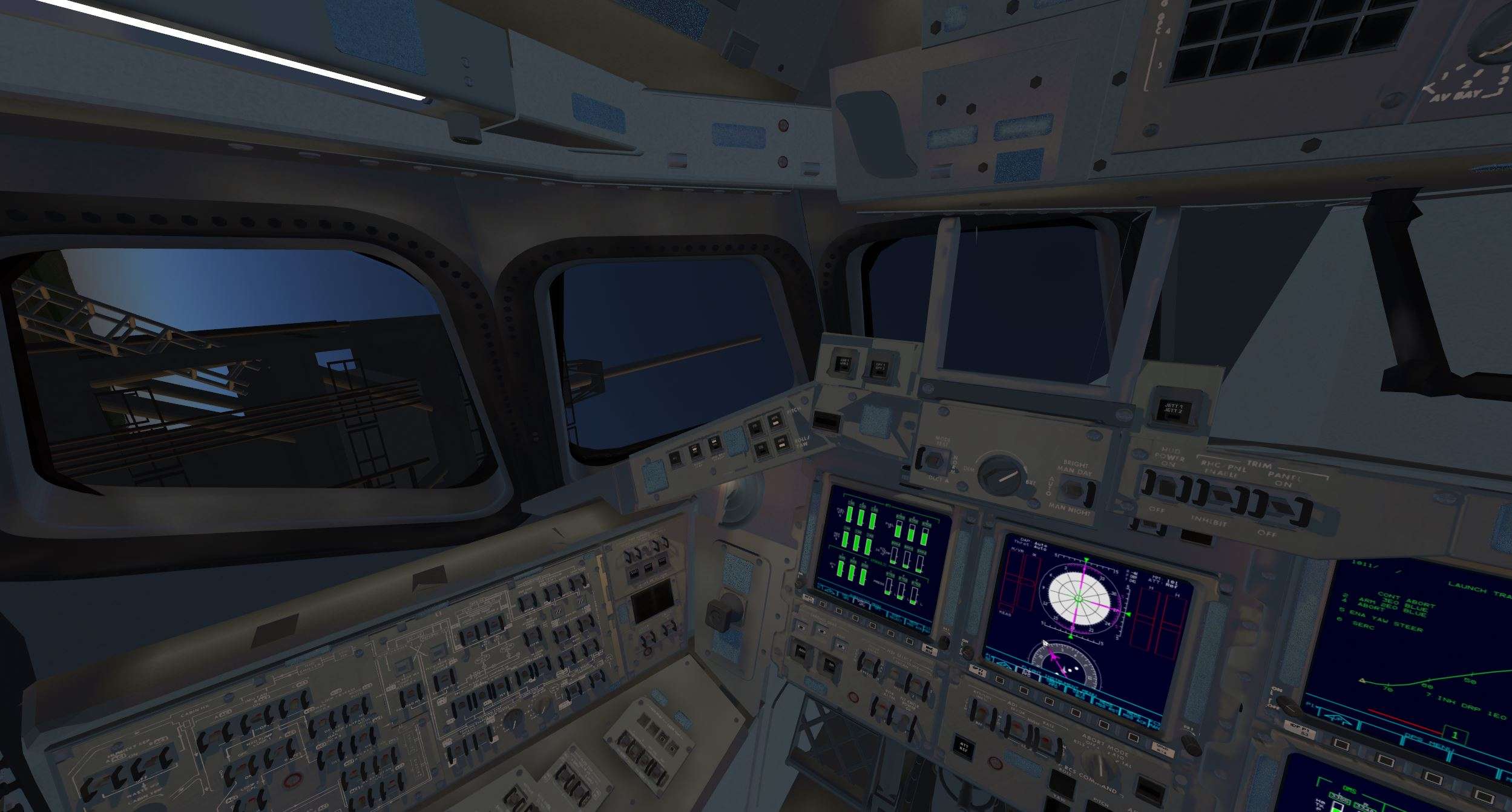
Go for APU start, pressure is rising , nominal hydraulics at 3000 PSI
Soon the nozzles gimbal check will make the Shuttle shake from all its bolts and nuts.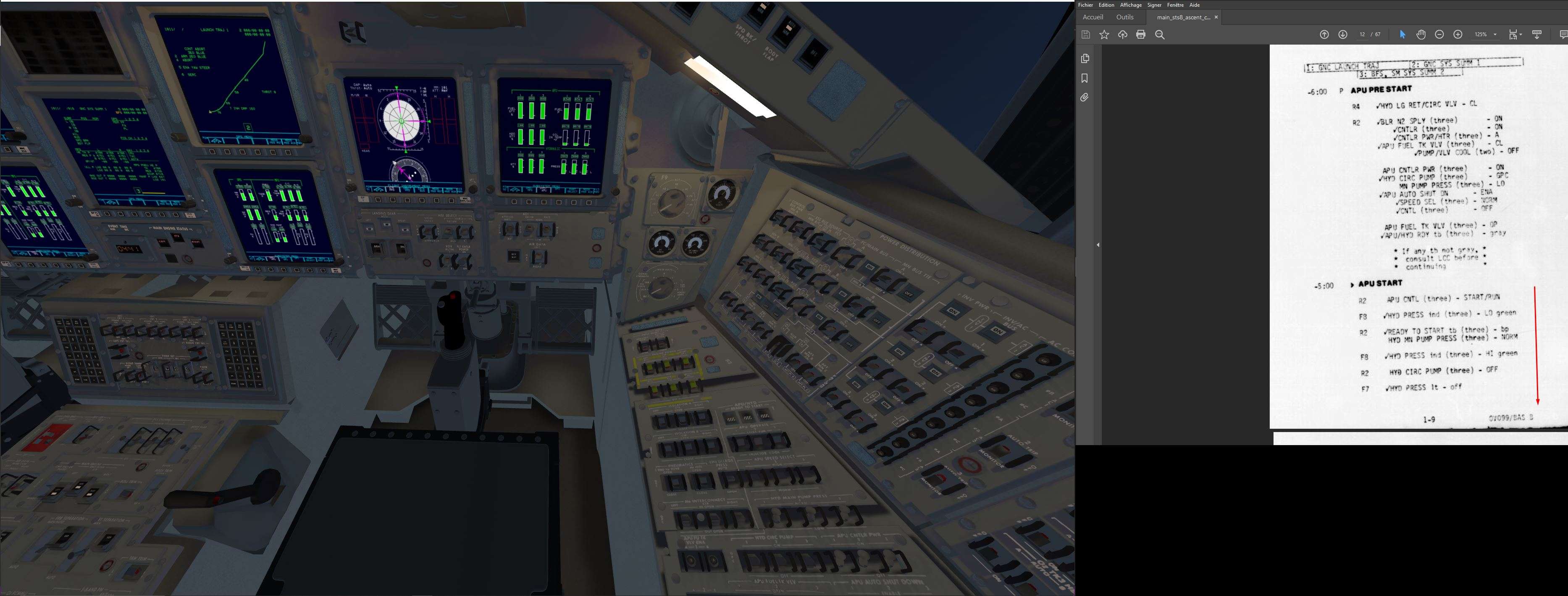
Time now to close the Sun visor, and to see the life a bit brighter
MPS ignition soon followed by the 6000 kilopounds produced by the two SRB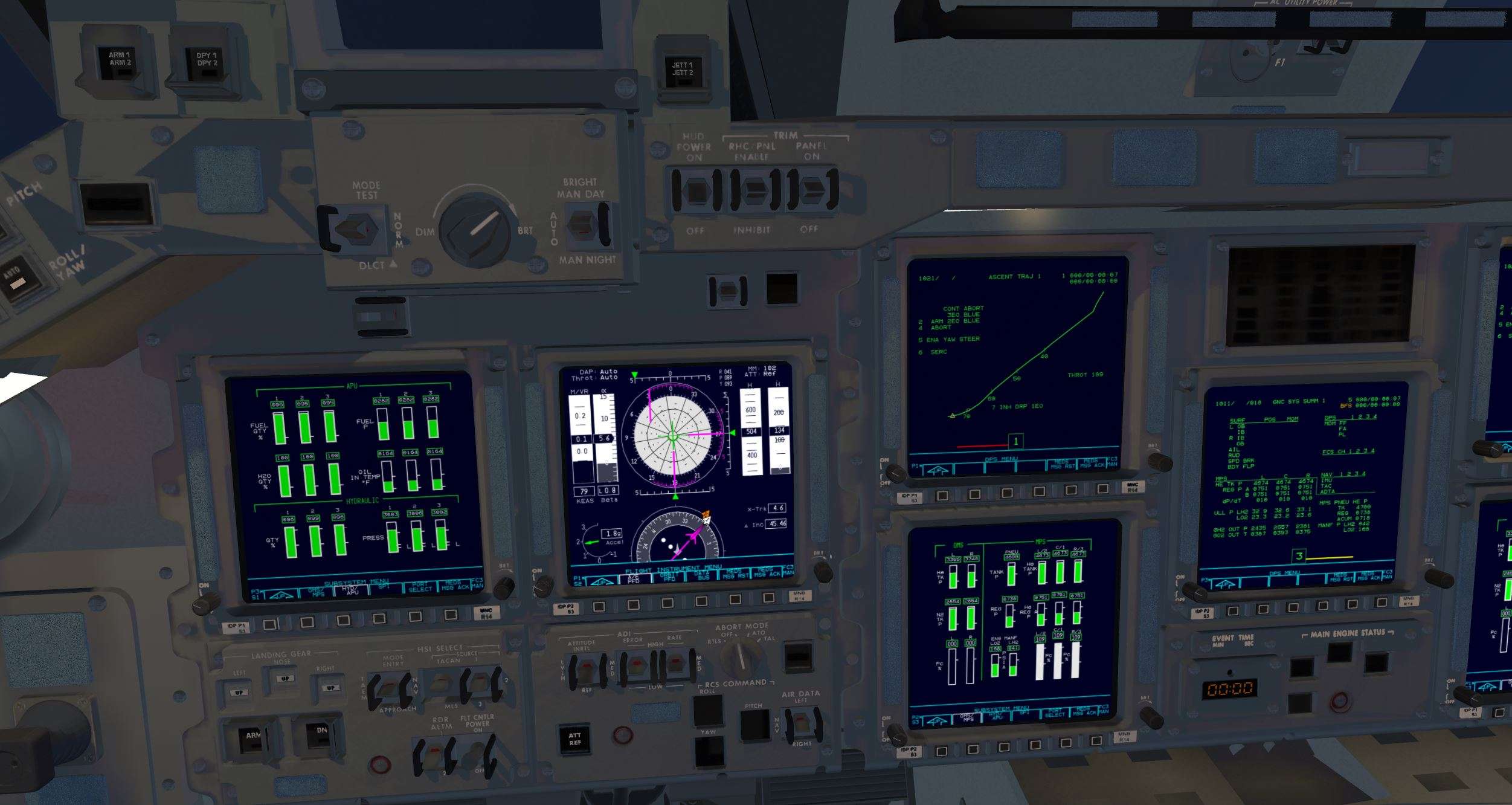
Let's aim South Commander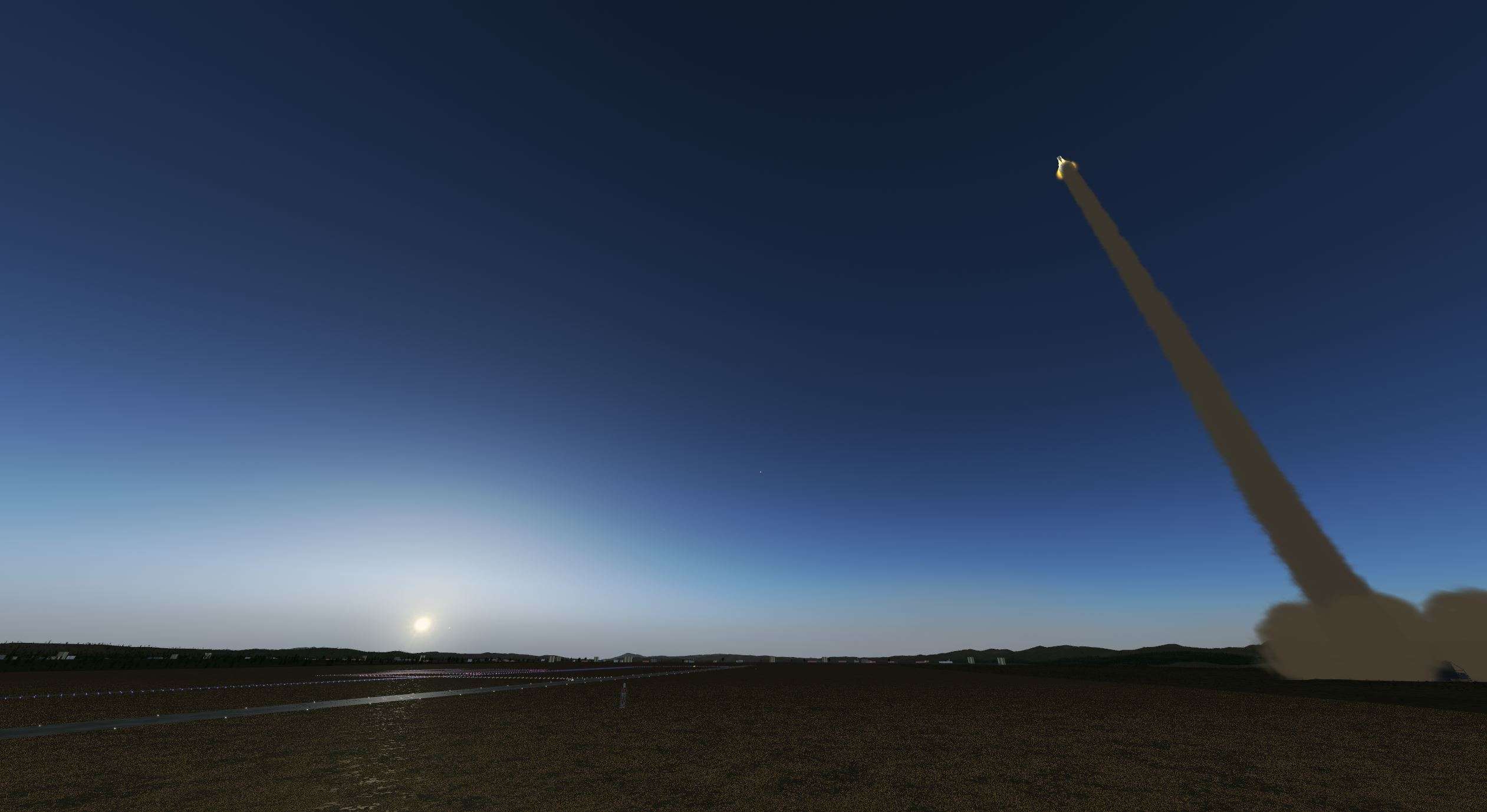
In the bucket, pressure is building up fast and our negative AOA will alleviate the strong load from the wings
The thrill of the 2 first minutes is now over, going from 3 Normal G's to 1 in a few seconds : SRB sep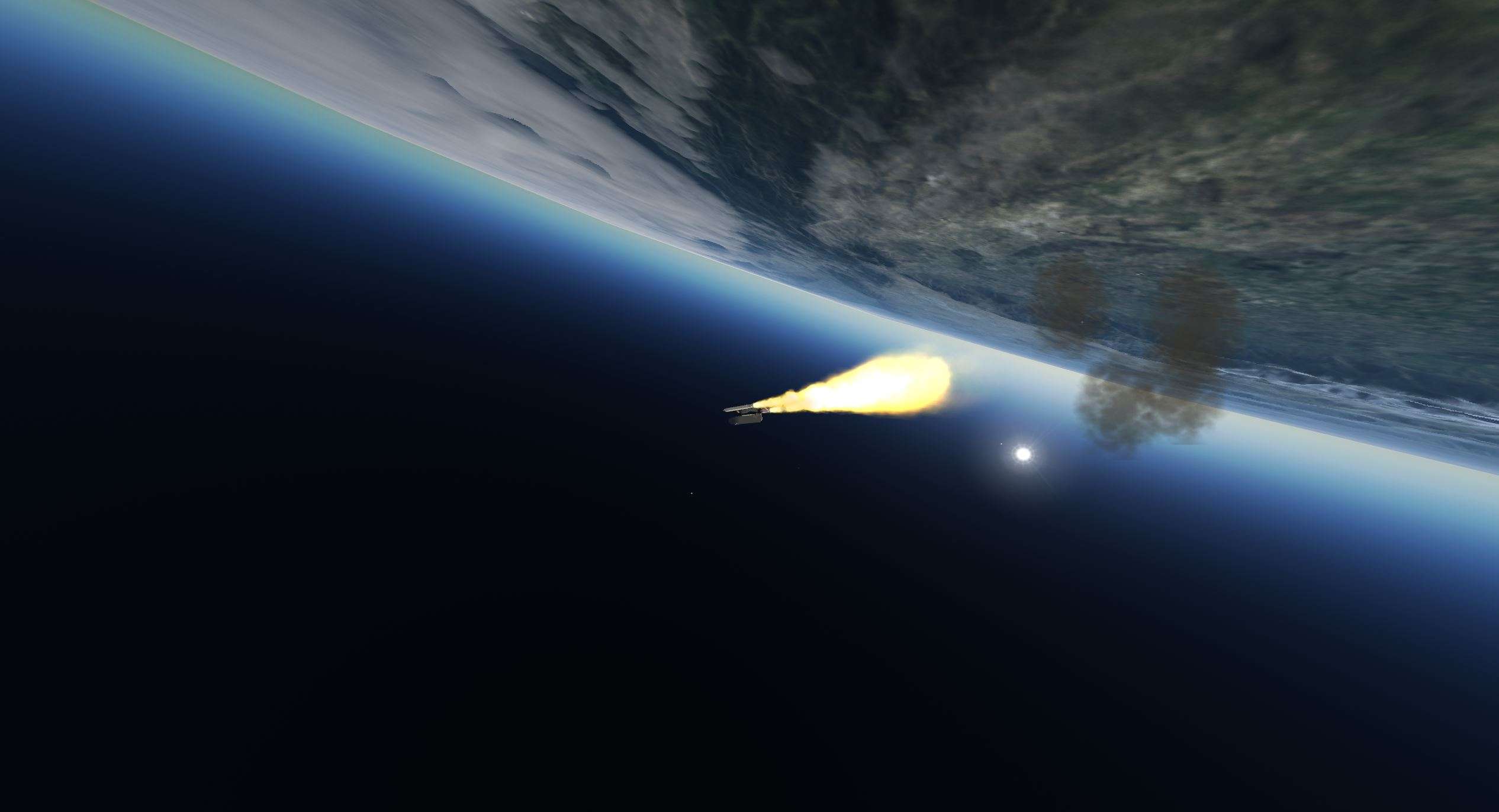
The two engines TAL boundary is now reached, Easter Island might welcome us in case of an engine failure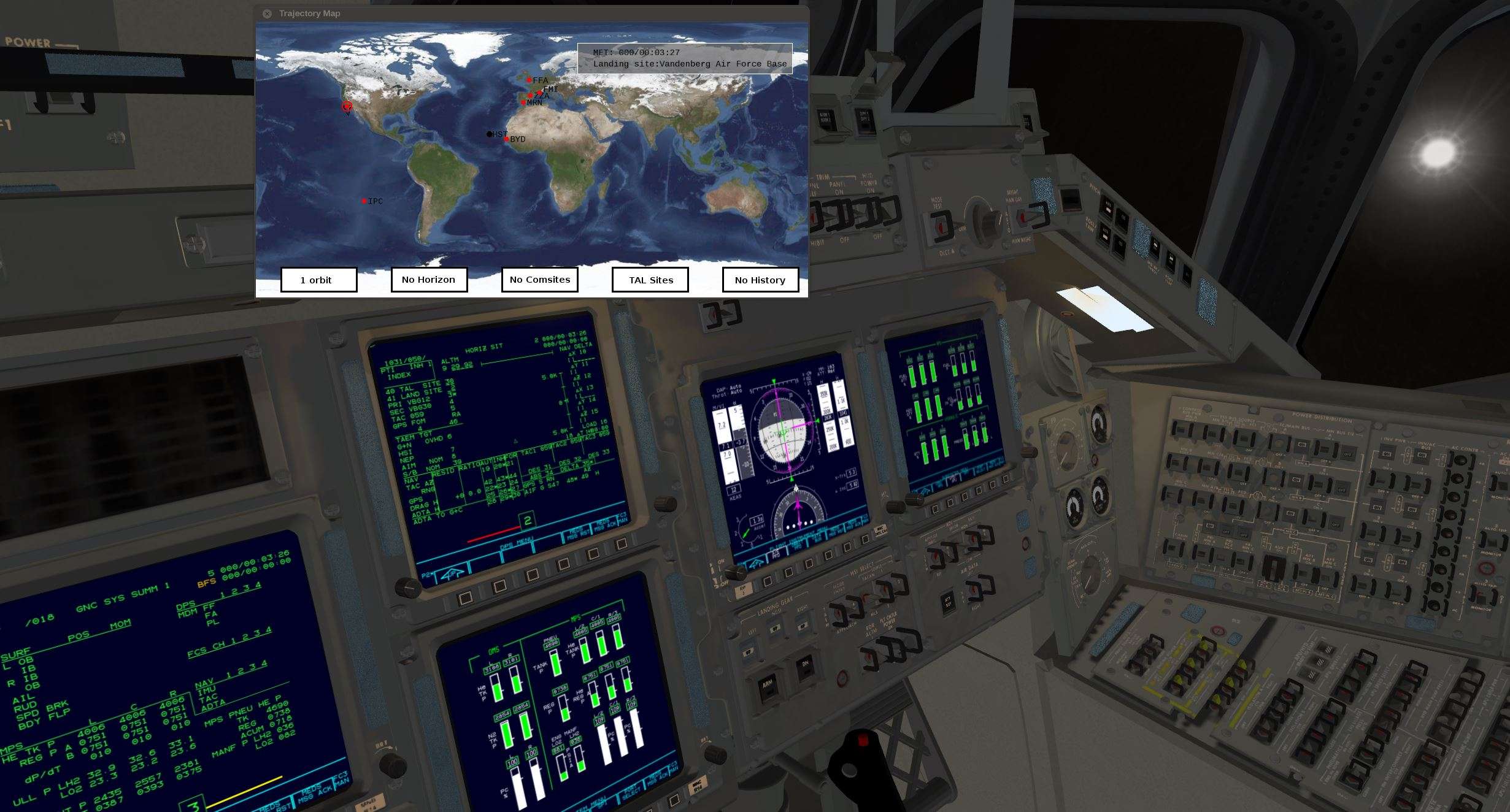
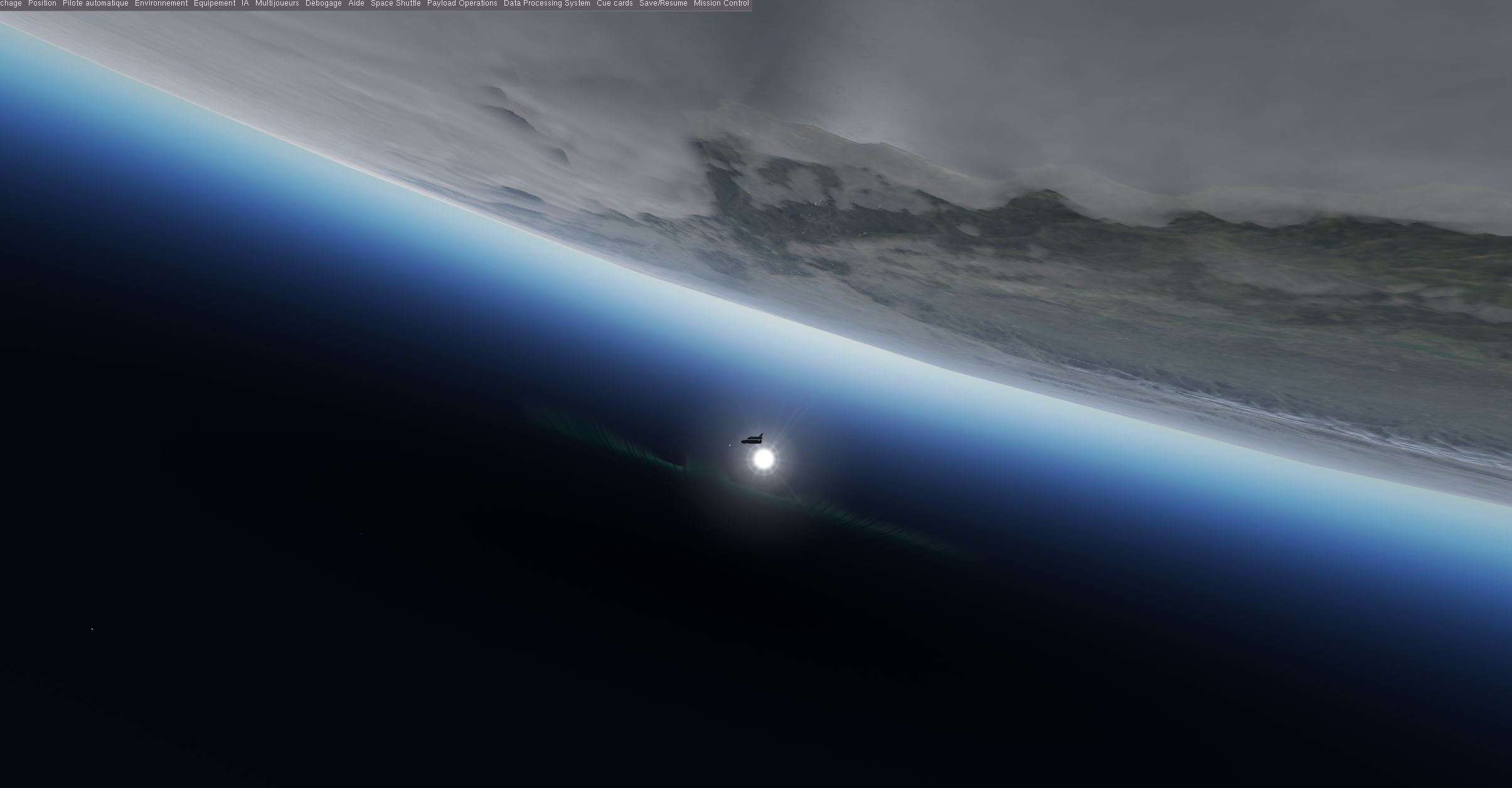
The rest of the ascent is uneventfull, Main Engine Cut Off (MECO) time with 0.2% of propellant remaining.
MECO parameters are optimal, and a quick check on the BFS System Management tells us that Freon is cooling normally the Shuttle (53°F)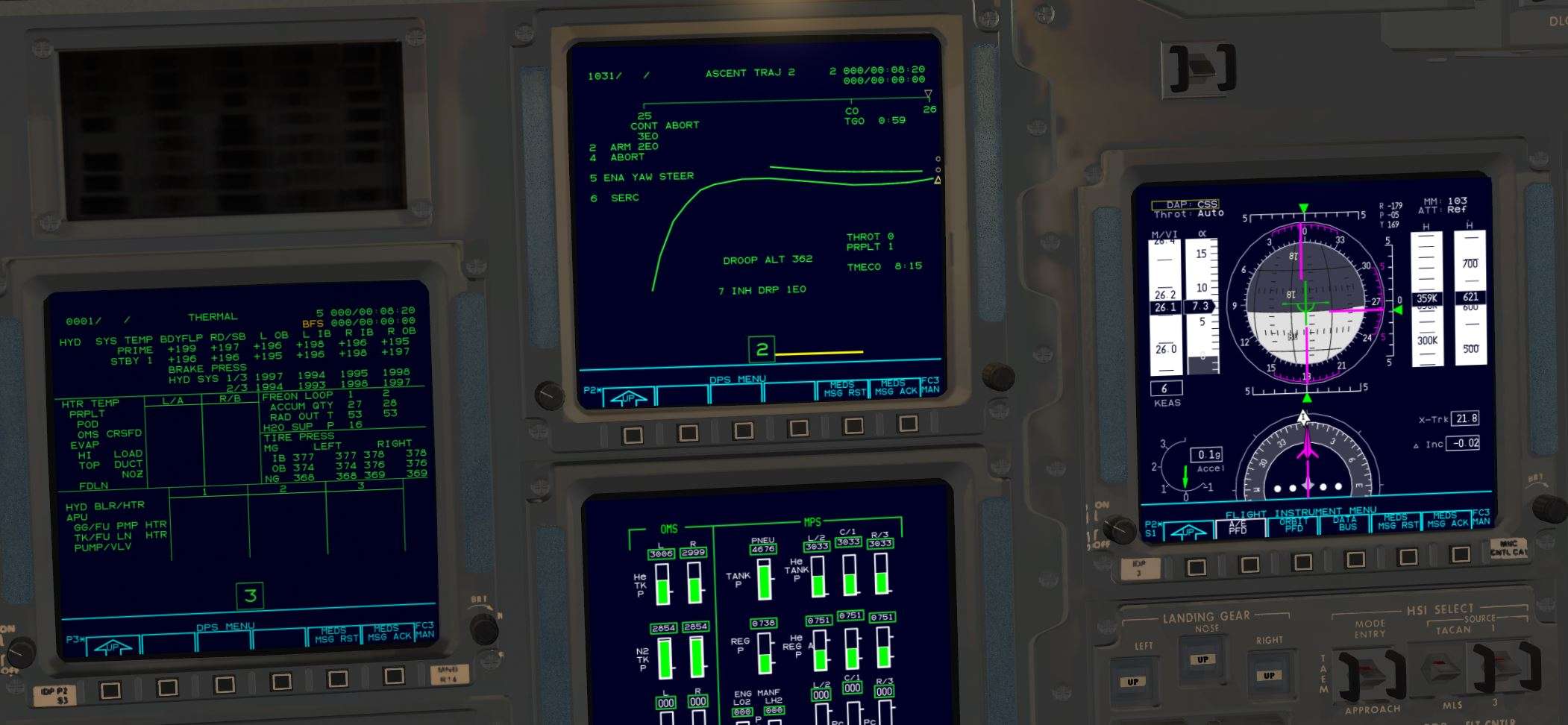
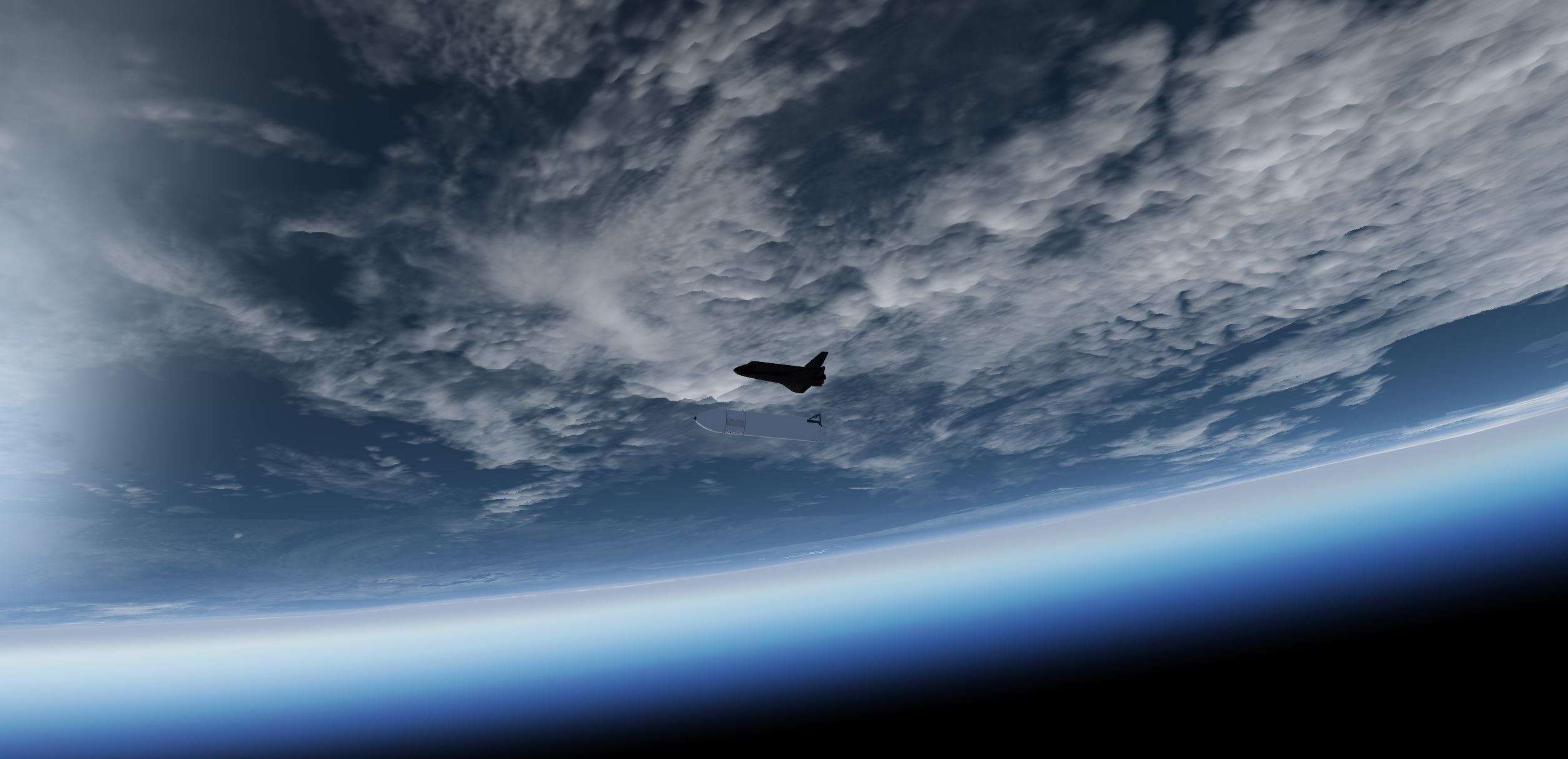
Post MECO MCC analysis: Nominal post MECO Orbit 323 x 31 Nm with a near perfect 80°of Inclination
No underspeed, we can proceed with OMS2 actions.
Let's secure the APUs and reactivate the Heaters for Flash Evaporators feedlines ( Heavy load on ac buses, hence not enabled during ascent to avoid shortcut)
The AC bus sensors are moved to Auto Trip, important step there. In case of AC overload, the affected AC bus will be from now automatically disconnected to avoid further damages.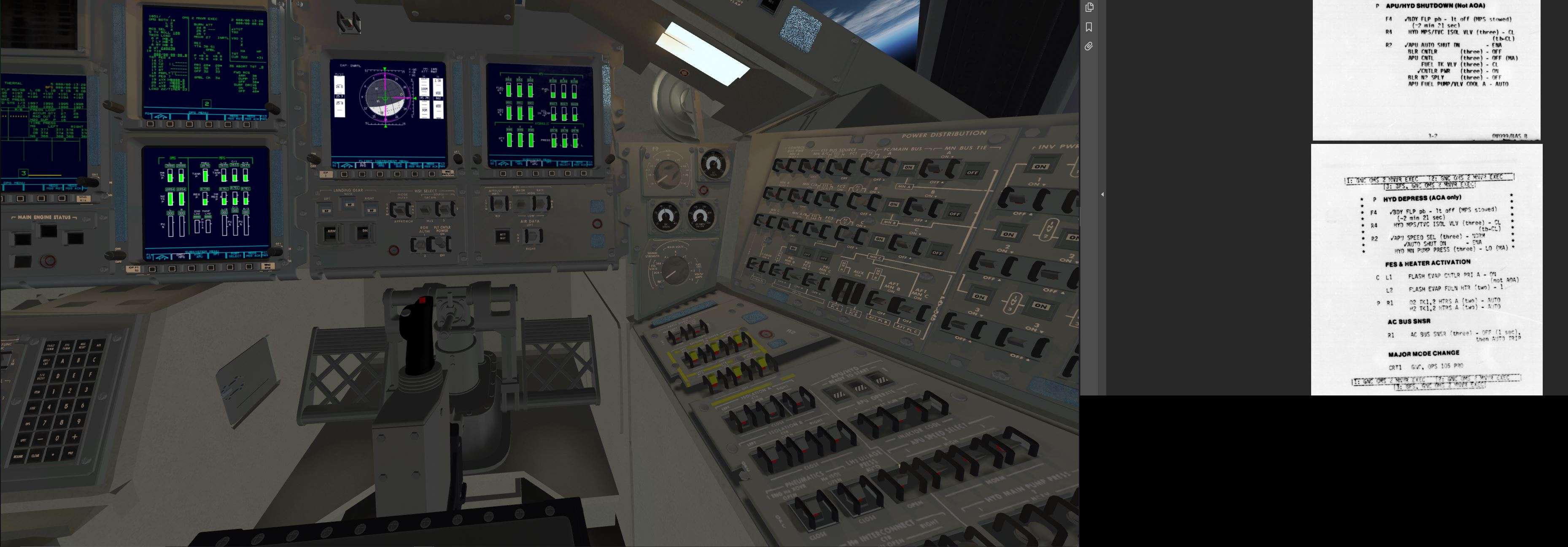
OMS 2 is uplinked from the MCC.
8 mn of burn, and Time of Ignition ( TIG) set up 4 mn before Apogee : 22 mn remaining.
800 ft/s to add by pushing in our Prograde Vector, almost all the OMS kit reserve.
Some more unpowering actions to unload the Fuel Cells from unnecessary devices.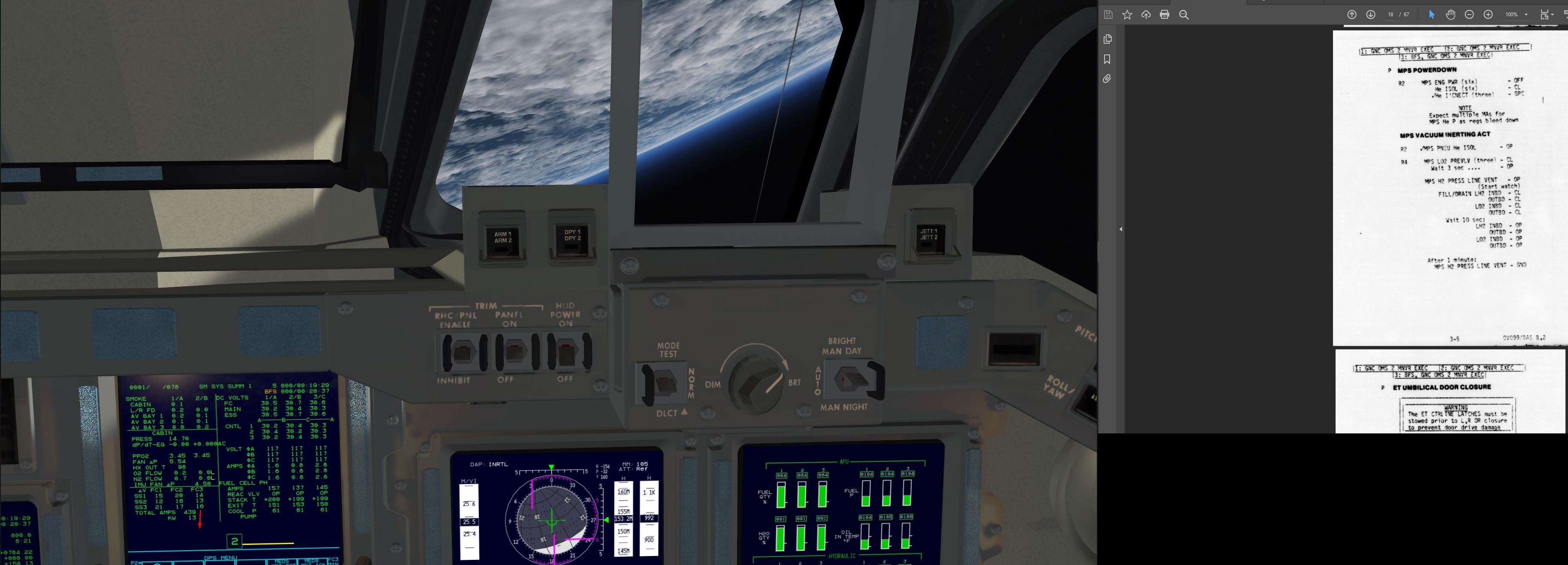
Preparation of the OMS feedlines.
Crossfeed valves activated to use first the OMS kit ( better to spare the aft pod OMS in case a RCS X-feed would be needed with a Low RCS propellant condition for example)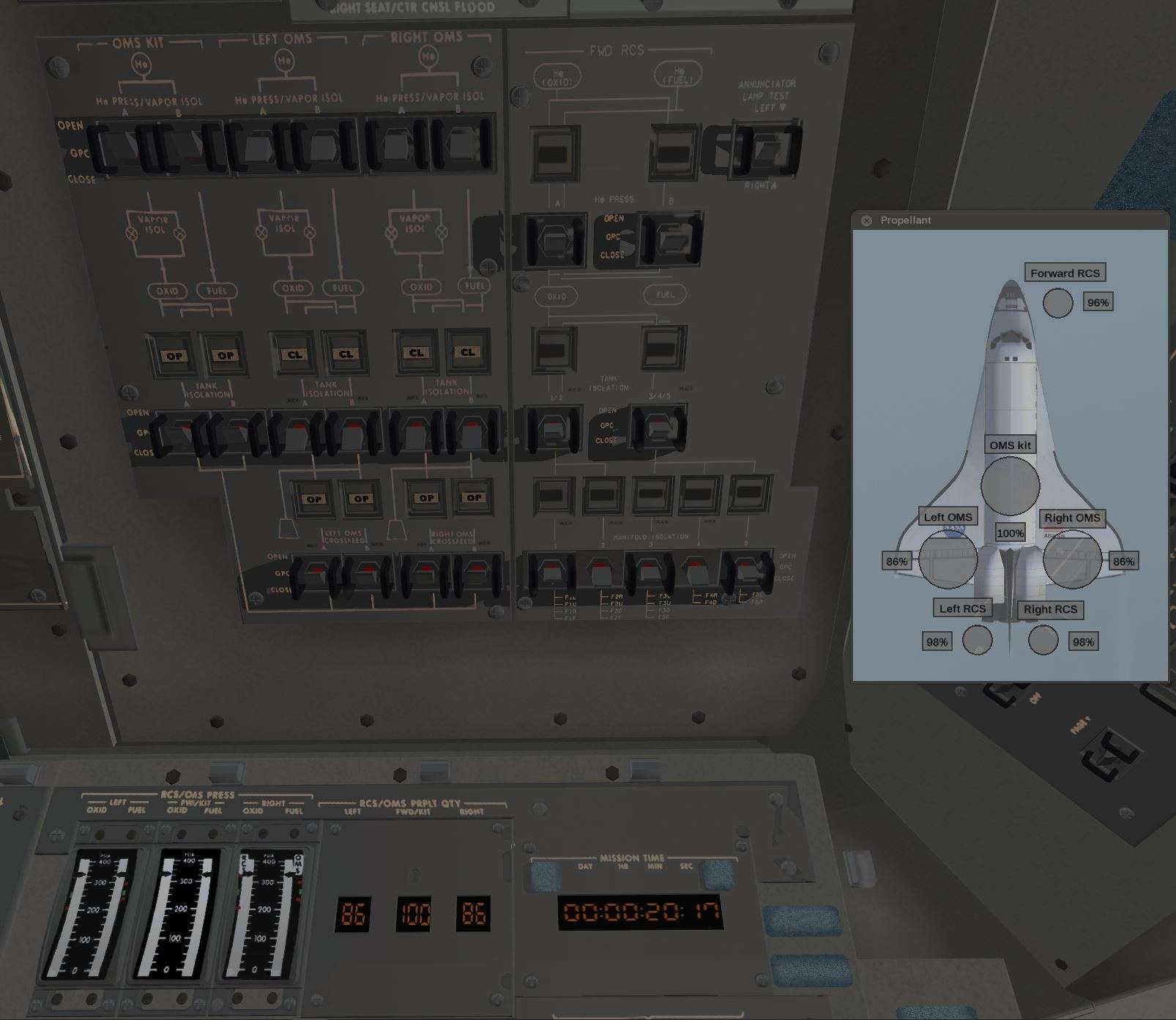
50 Shades of white while coasting trough our burn window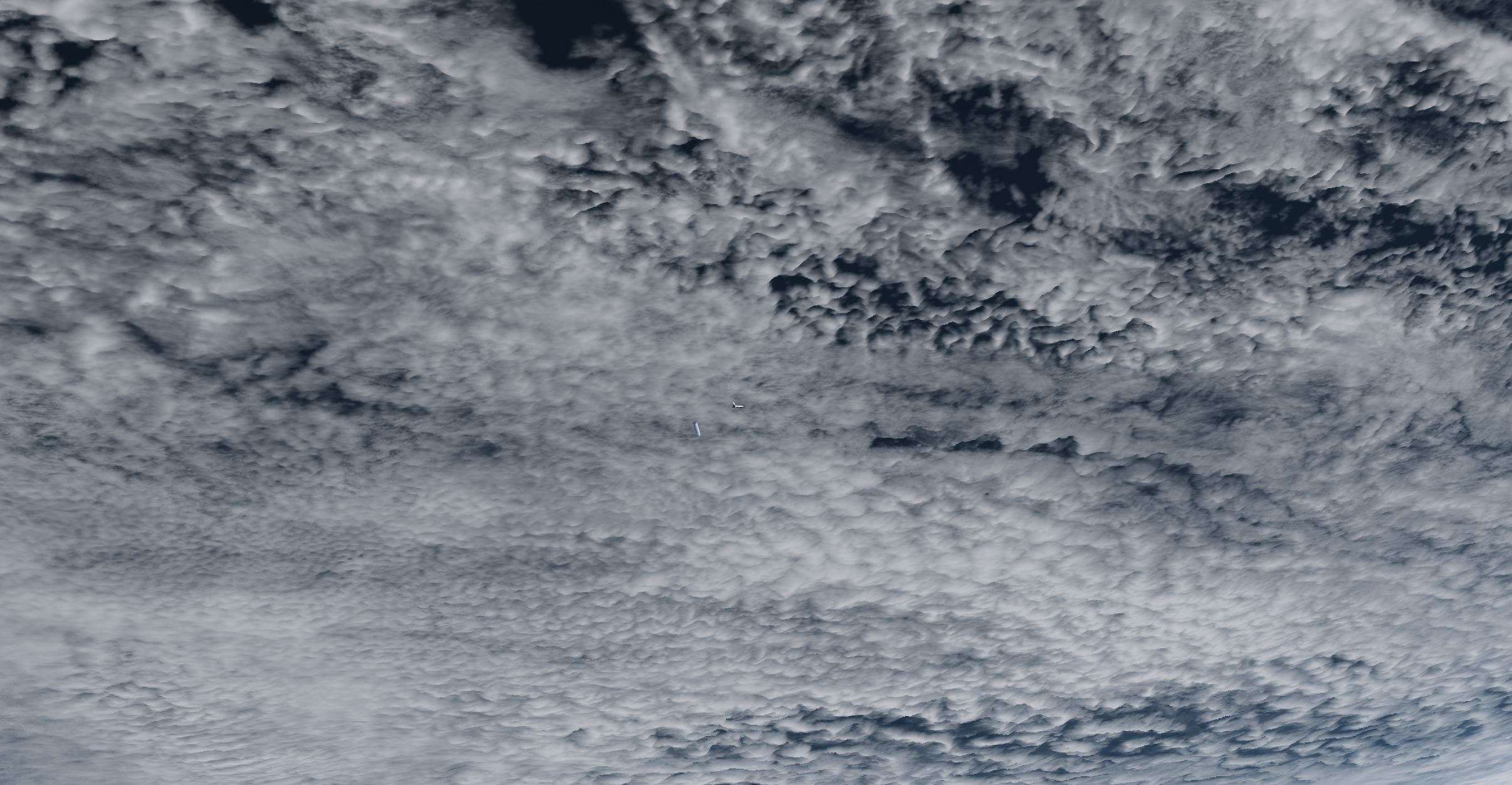
Splendid Antartica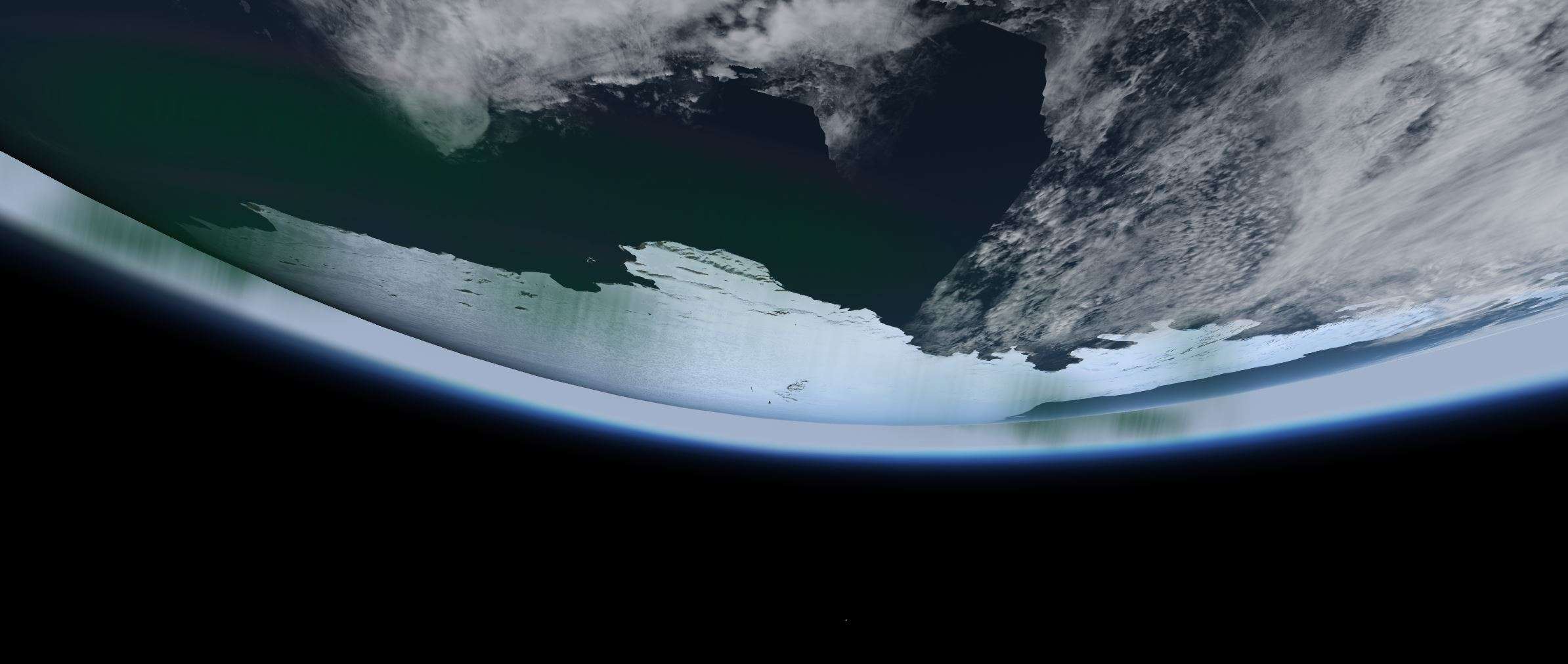
Stunning Mission Specialist rear view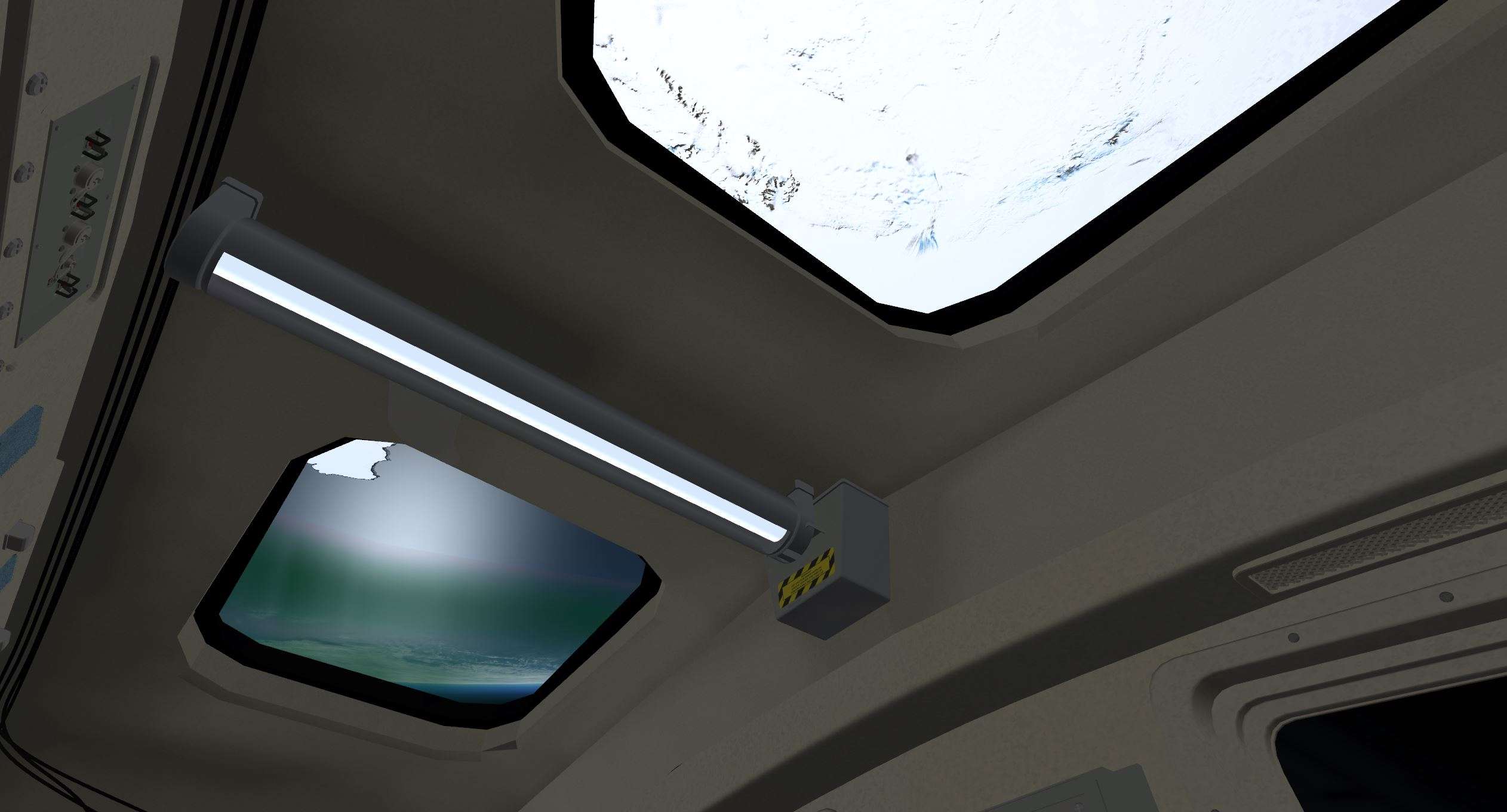
Burn time, and intense monitoring during those 8 minutes with all the displays available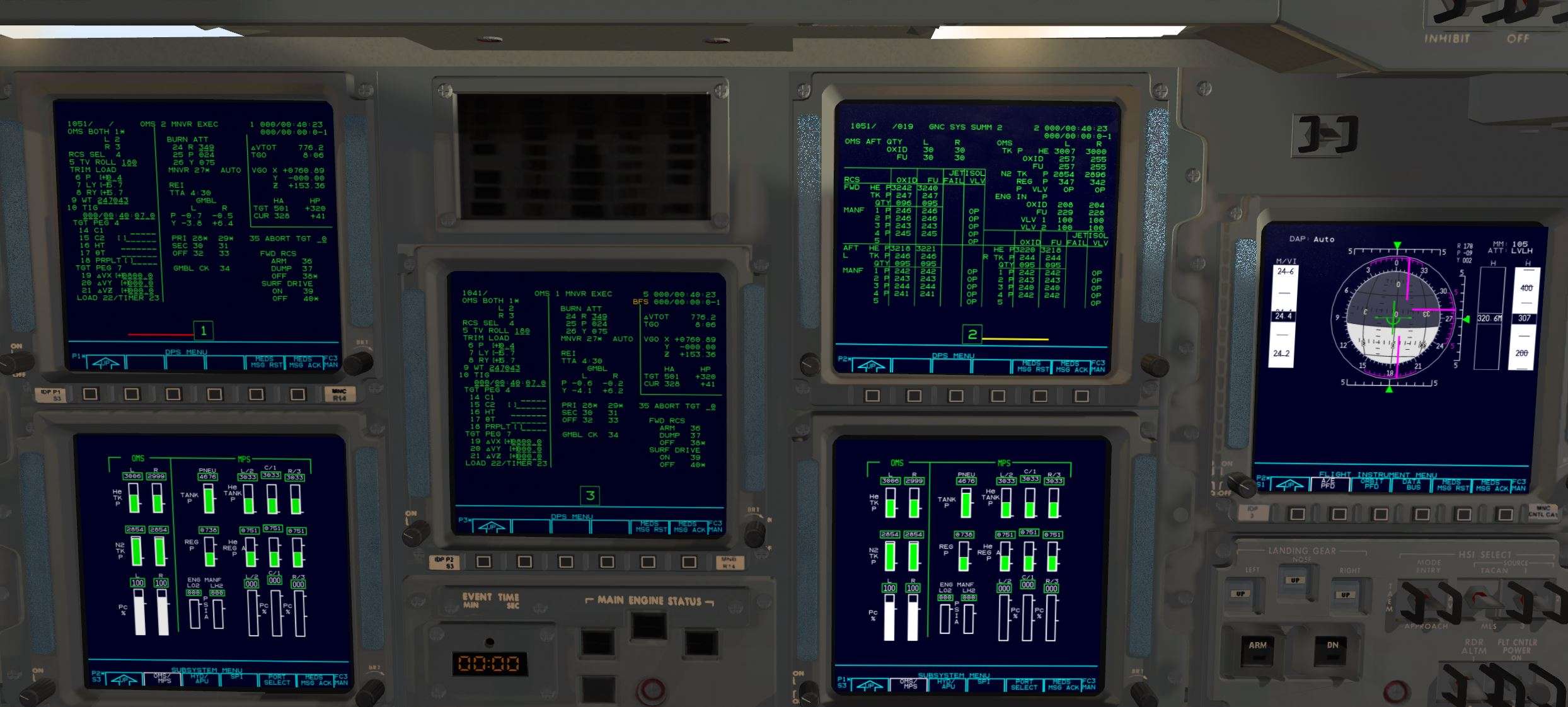
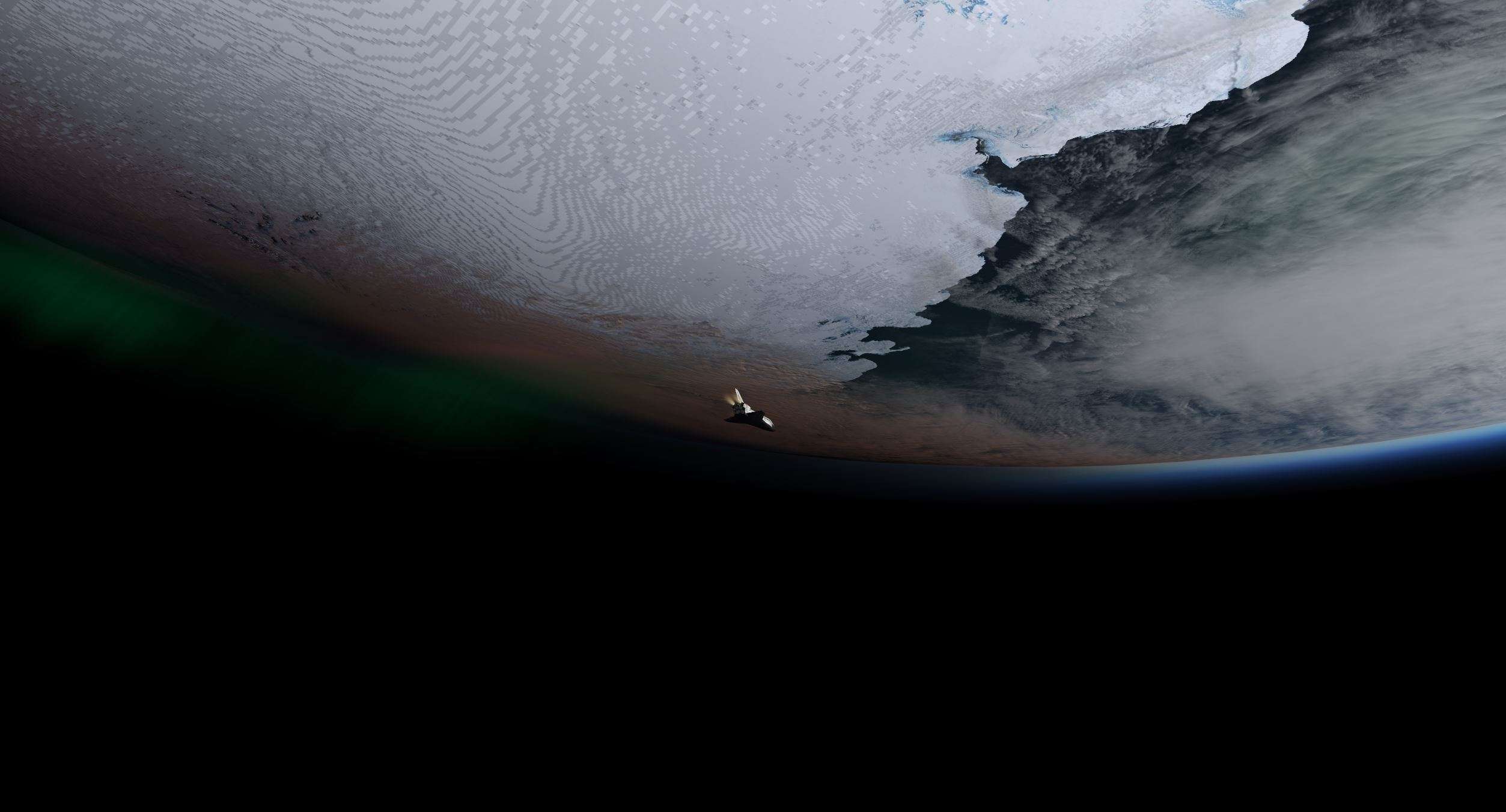
Post burn analysis, no need for RCS trimming.
505 x 324 Nm for the Orbit and 1100 fts of delta velocity remaining
We start the Post Insertion fastidious checklist while crossing Madagascar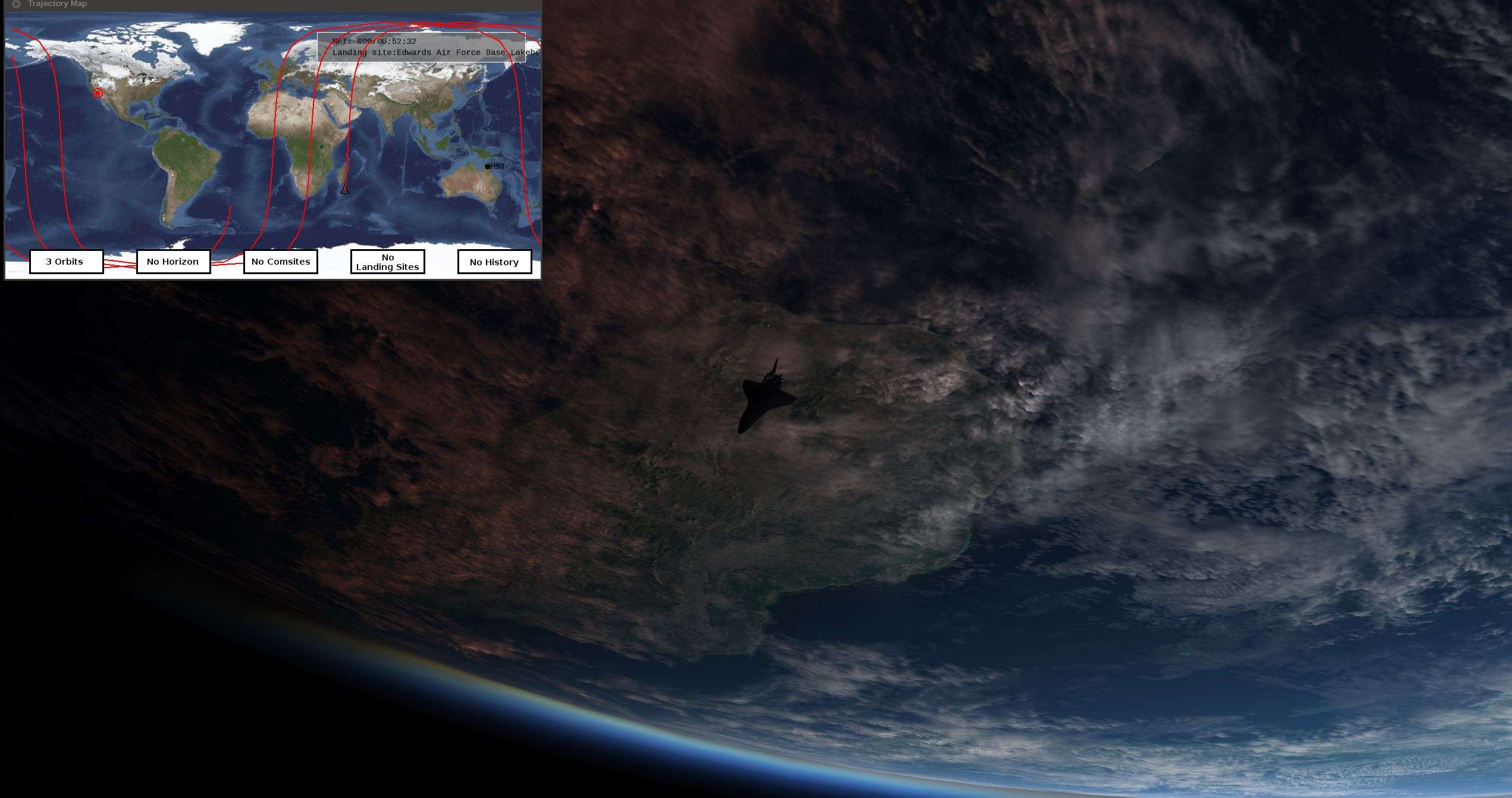
The important GPC OPS transition, to get rid from Ascent/Insertion Softwares and transition towars another batch of Orbit softs.
Payload Operations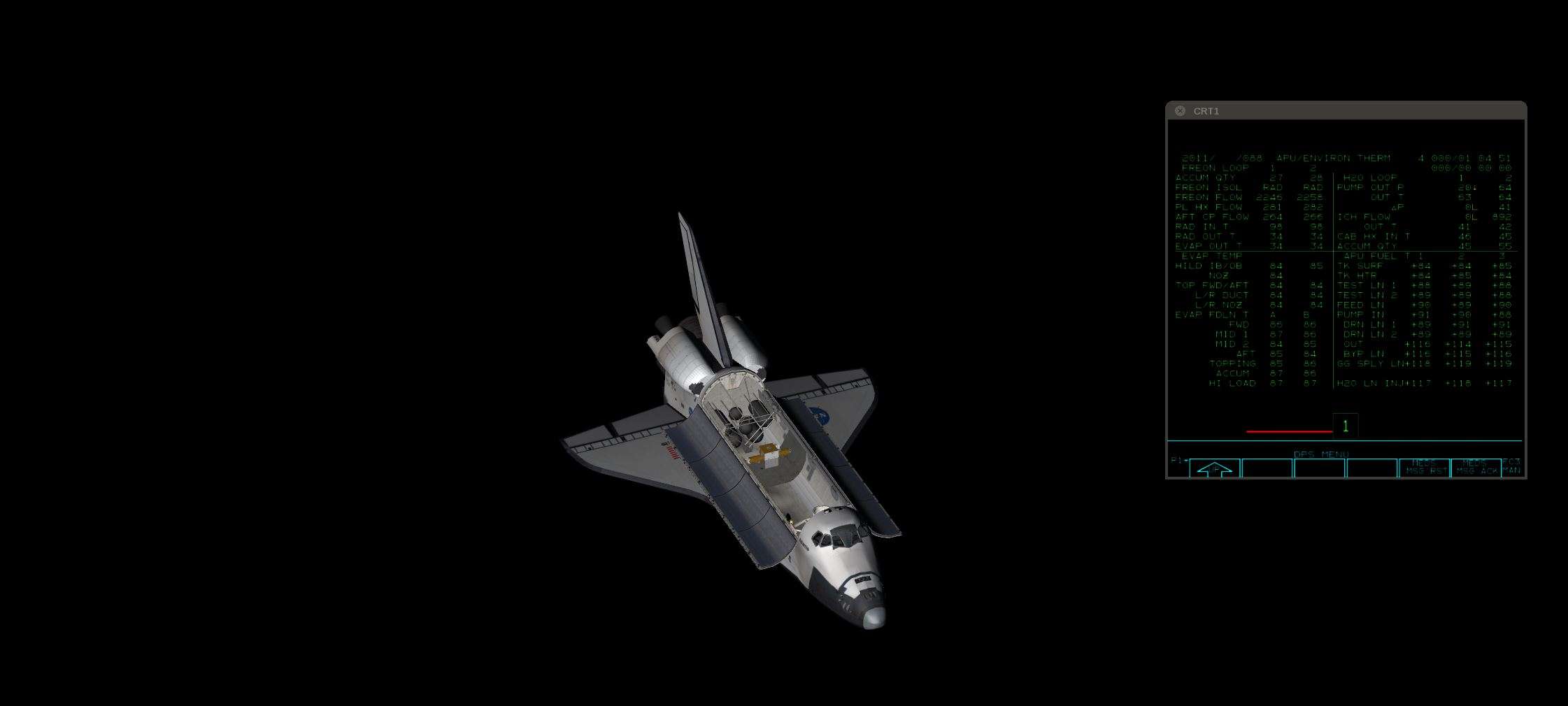
OMS 3 burn over Alaska to rise our Perigee up to 460 Nm.
That will leave us with 900 ft/s remaining from which we need 750 ft/s to Deorbit.
We will have a 150 ft/s to play with later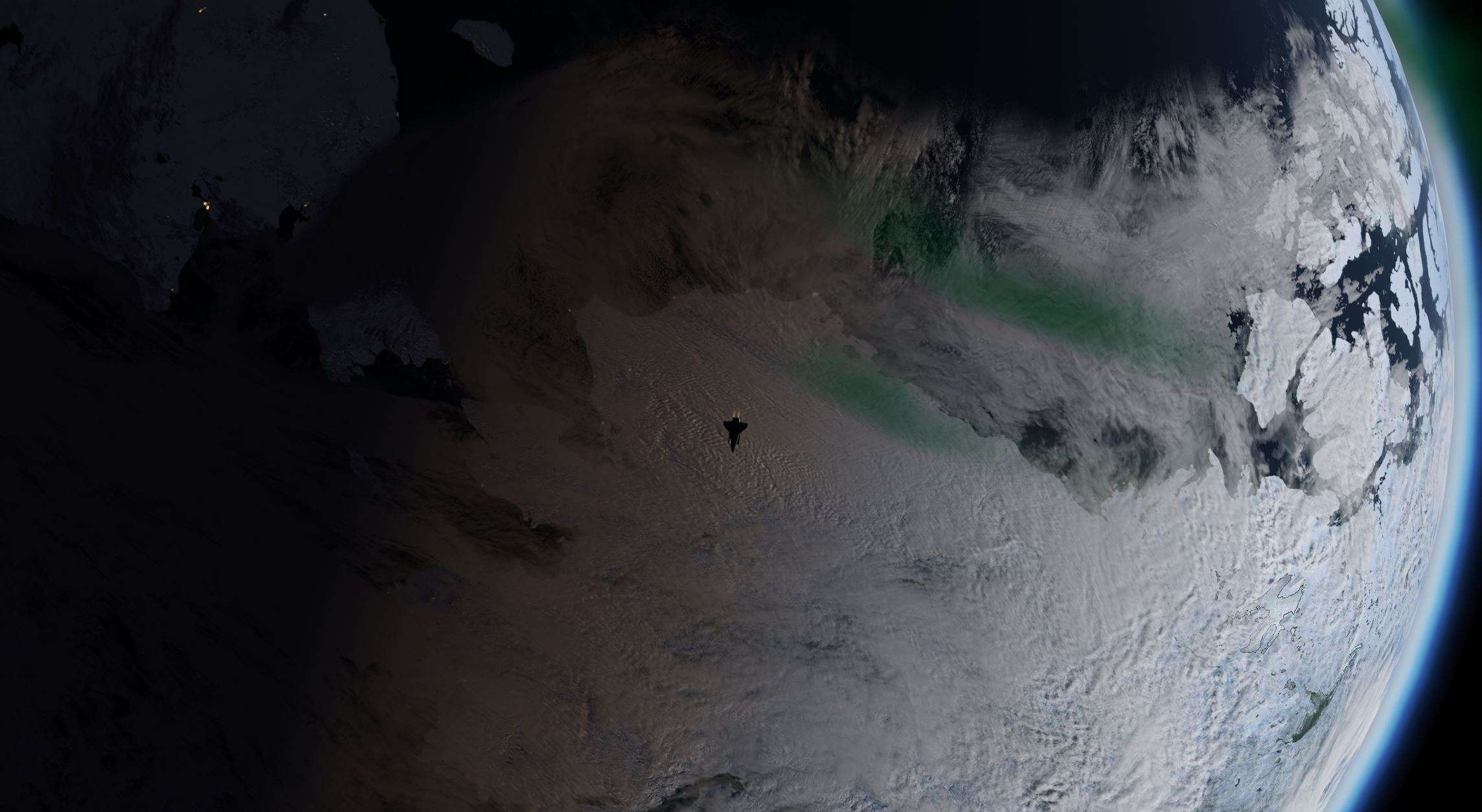
Time to get out the Cameras for those breathtaking Hadley Cell Thunderstorms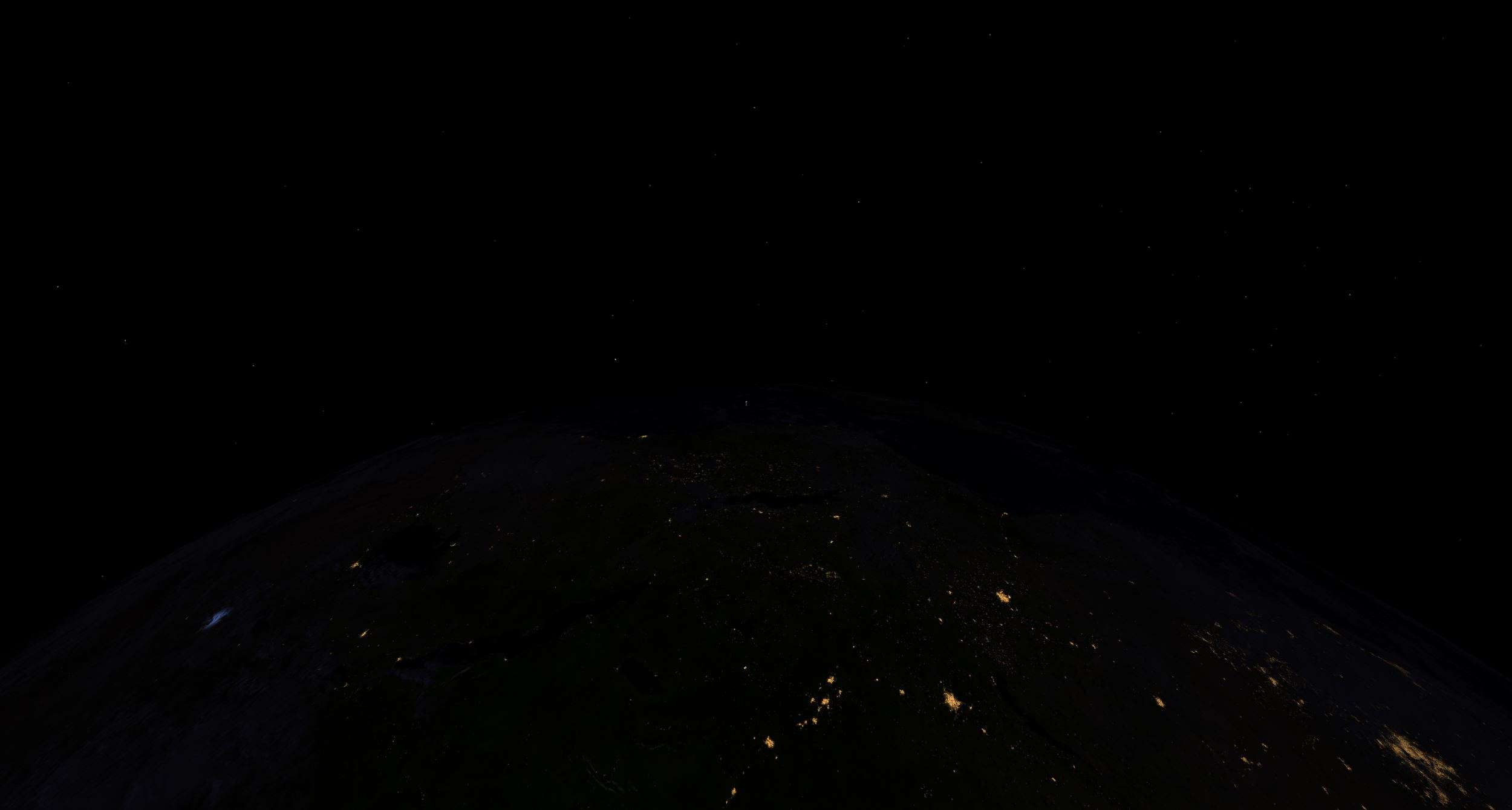
or that Aurora Dust 
Meanwhile the pilots are busy to take care about heaters thermal management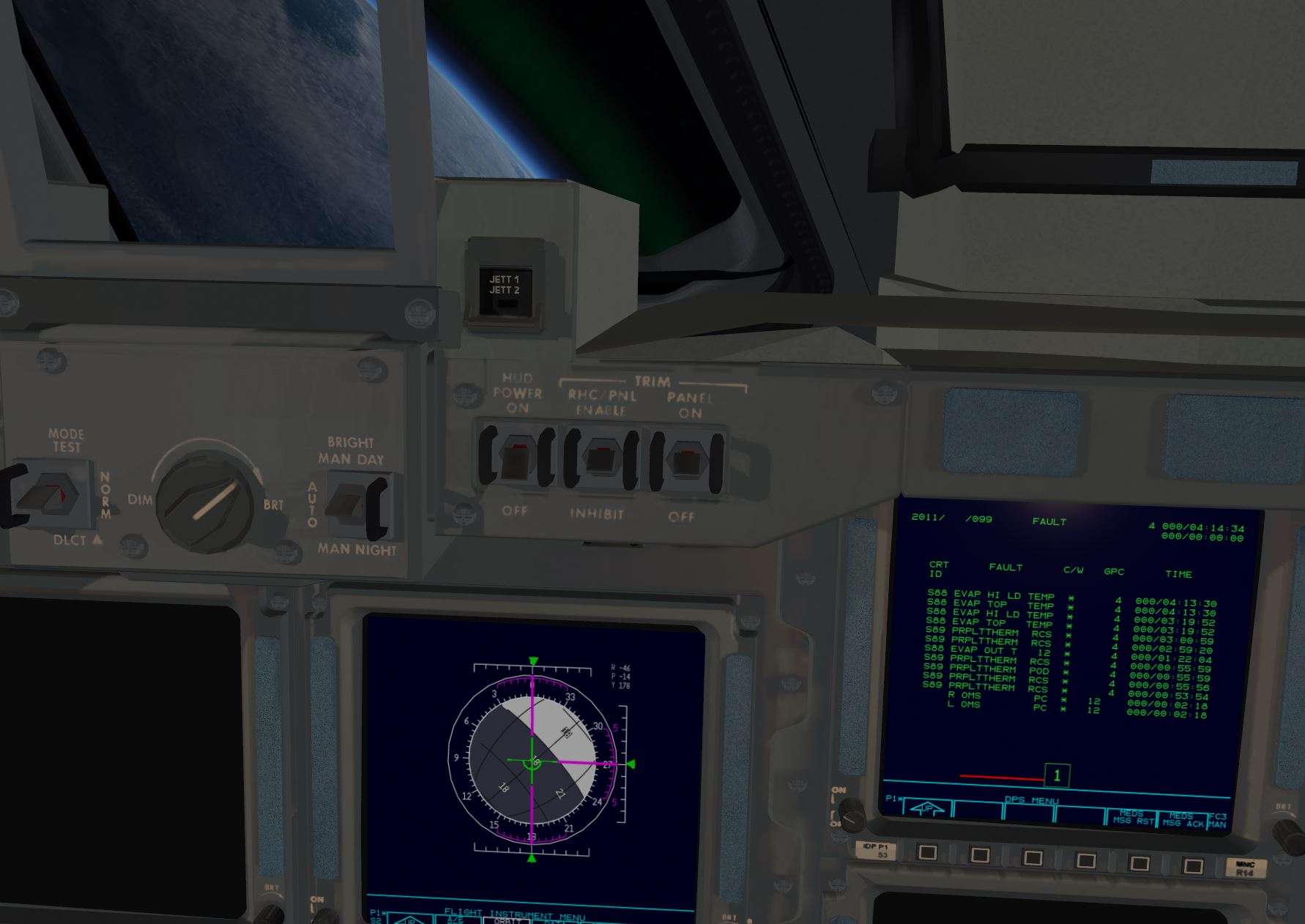
Four hours into Orbit, and already time to take the first rest in the lower mid deck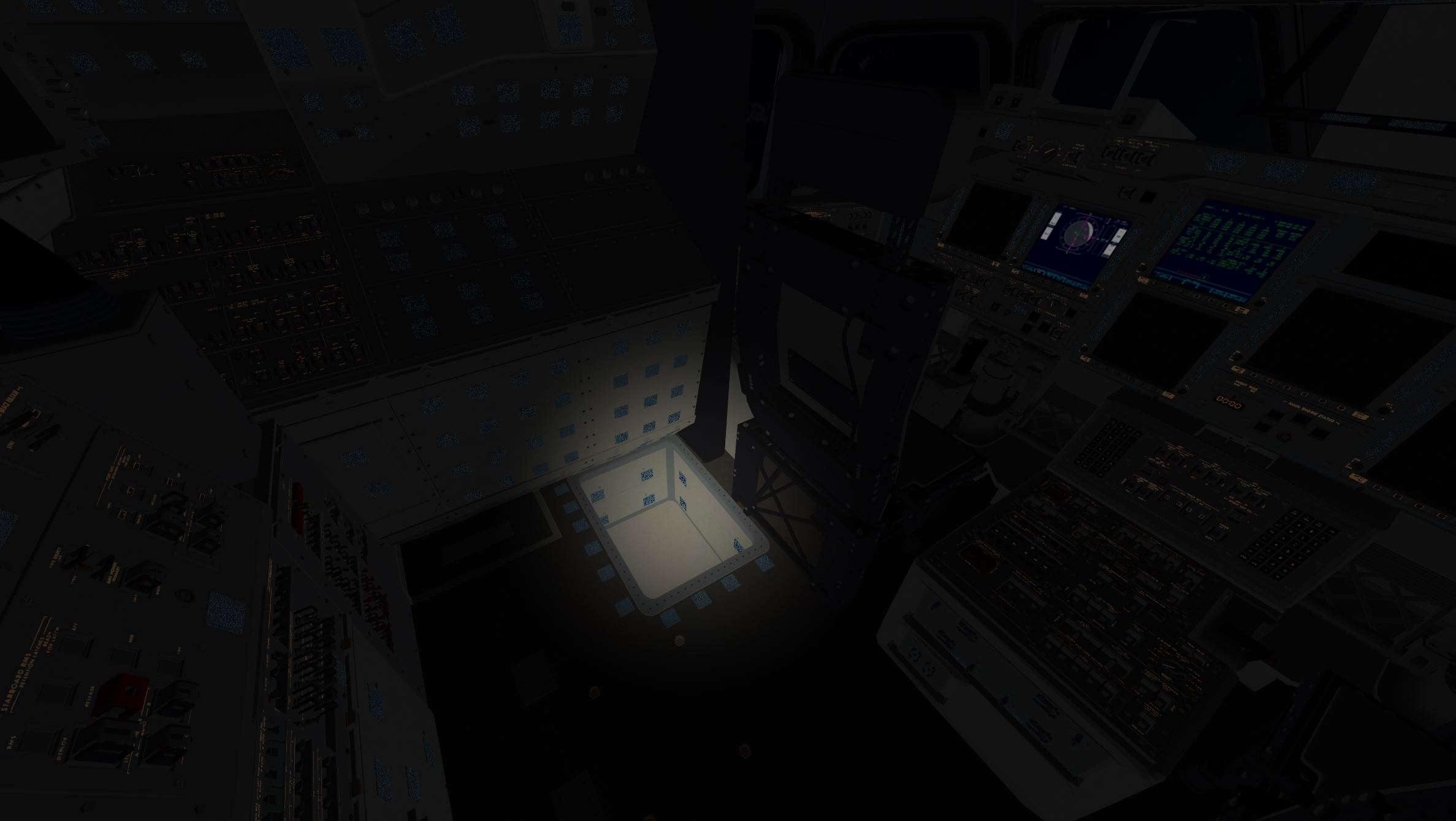
Part 2: First observations and routine checks
After a short nap of 1h30 mn, everyone is on the Main Deck again.
Almost 6 hours into the mission, lightings are adjusted and screens brightened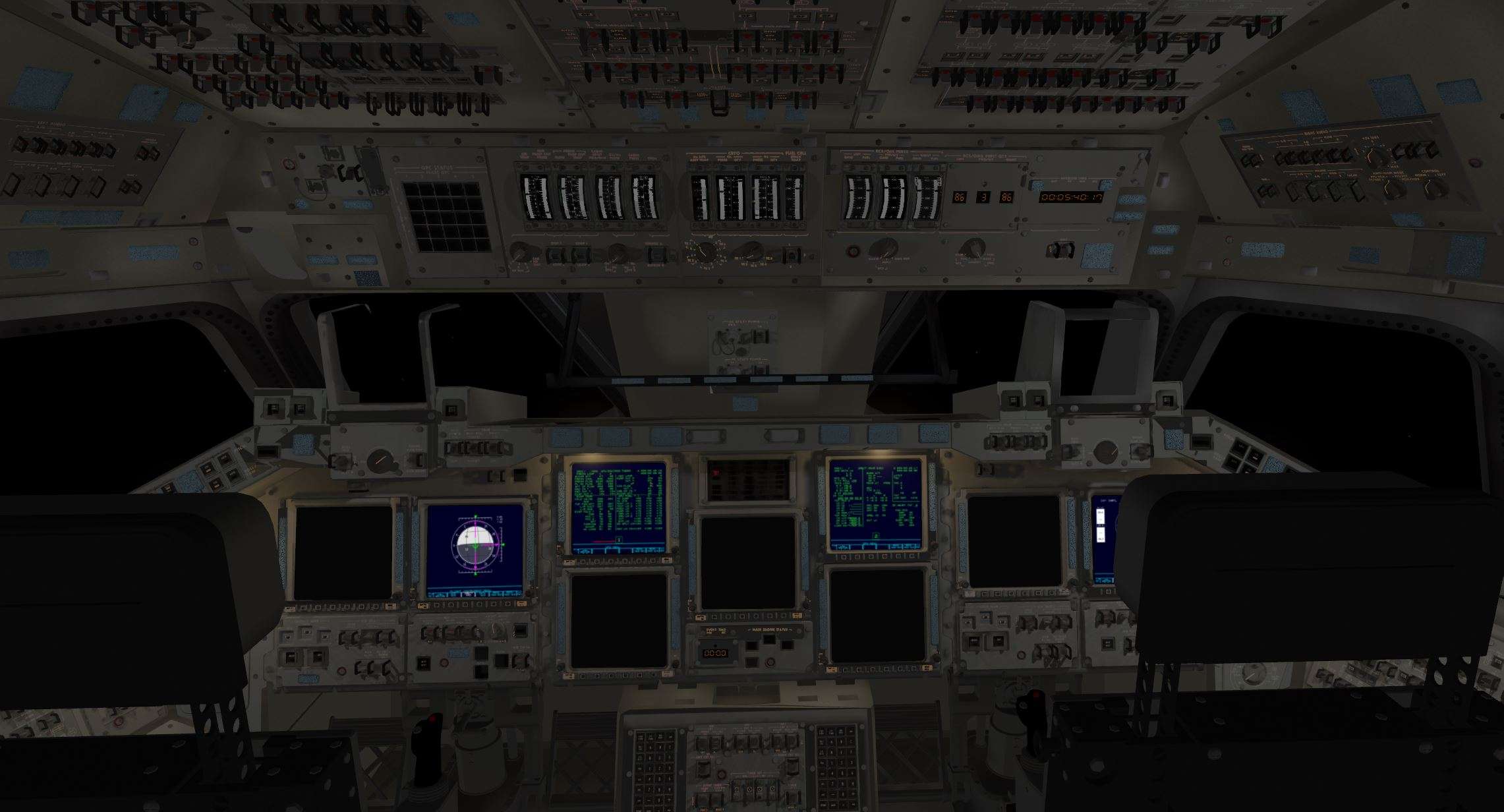
An almost endless day at that Inclination, Day and Night, Angels and Demons in a single view.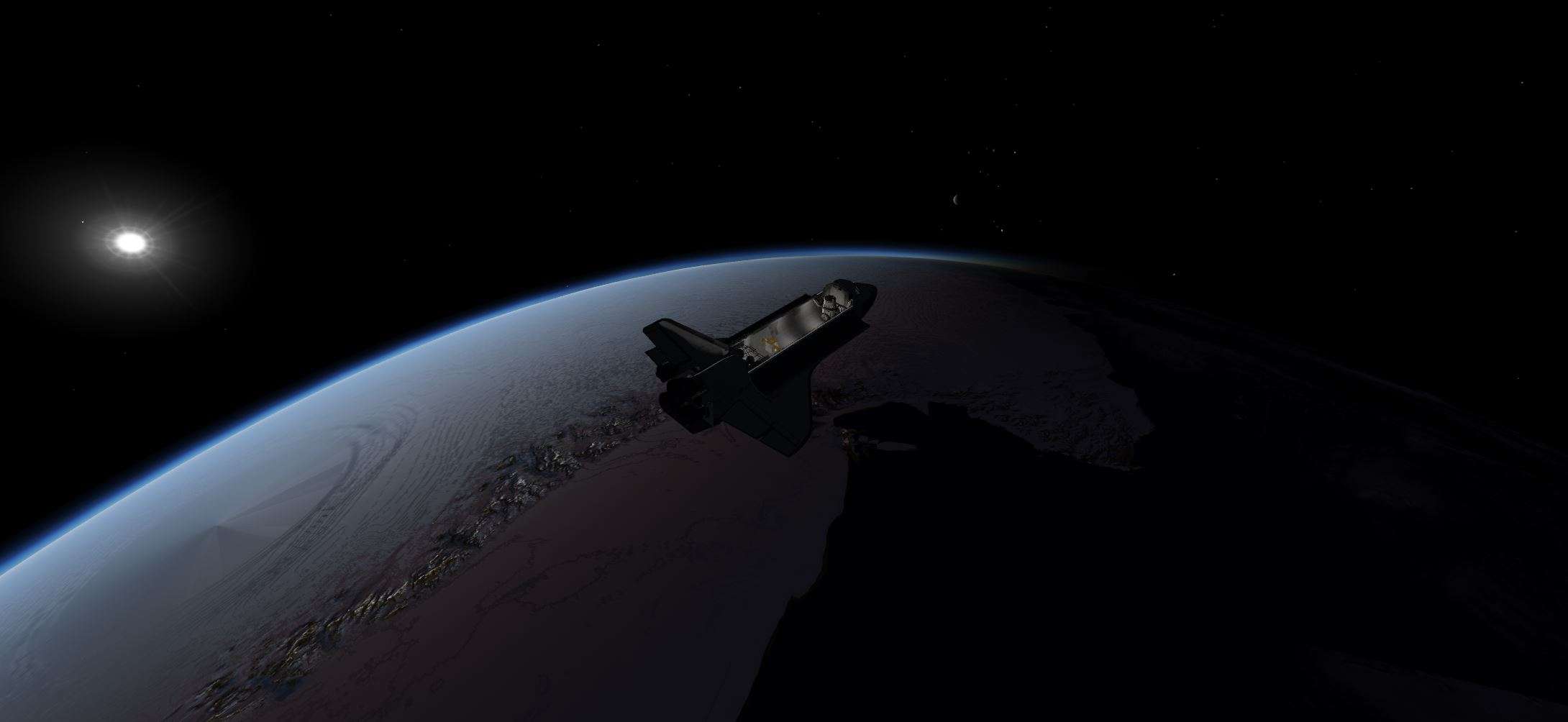
Some documentation refreshers before further operations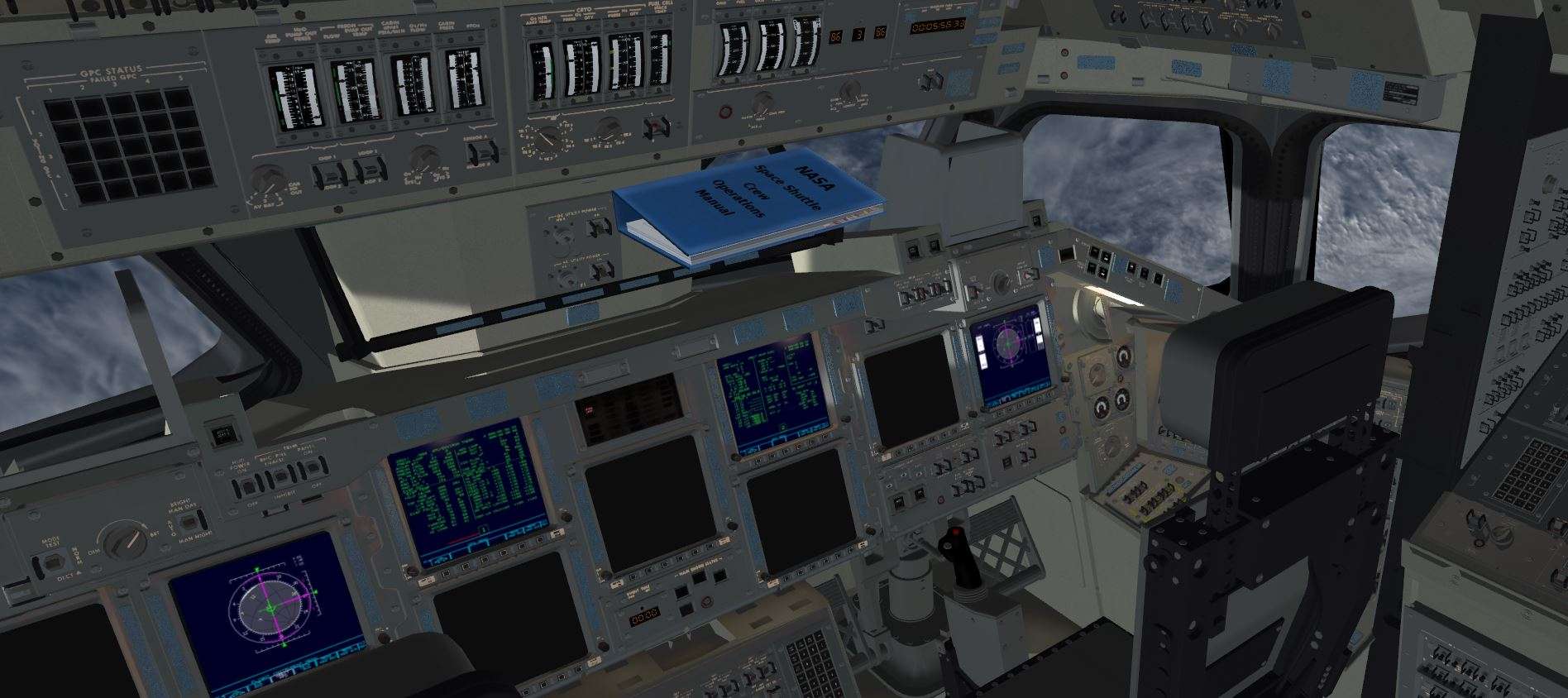
Mission Specialists work on their Payload deployement checklist while admiring the Earth Lung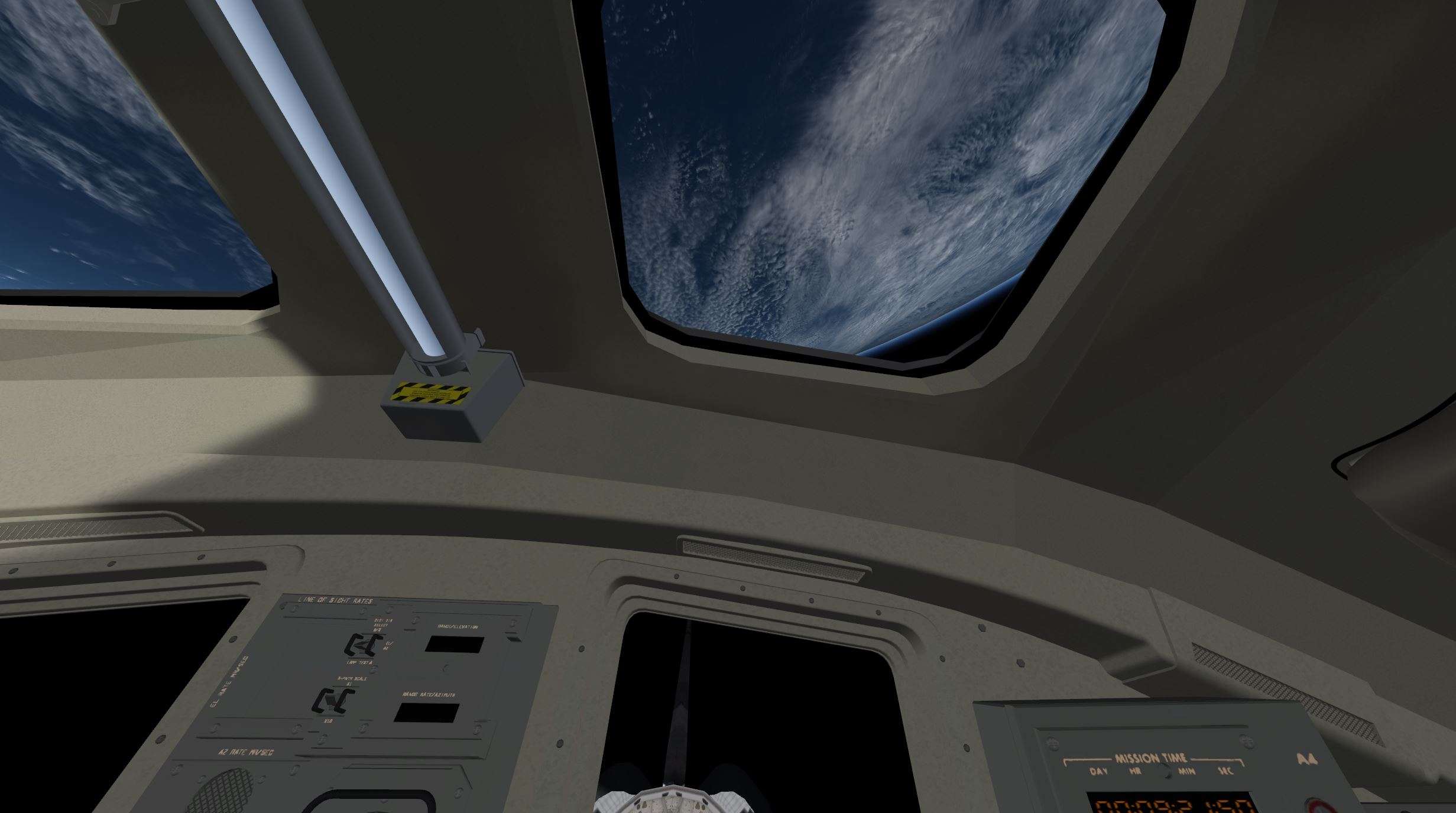
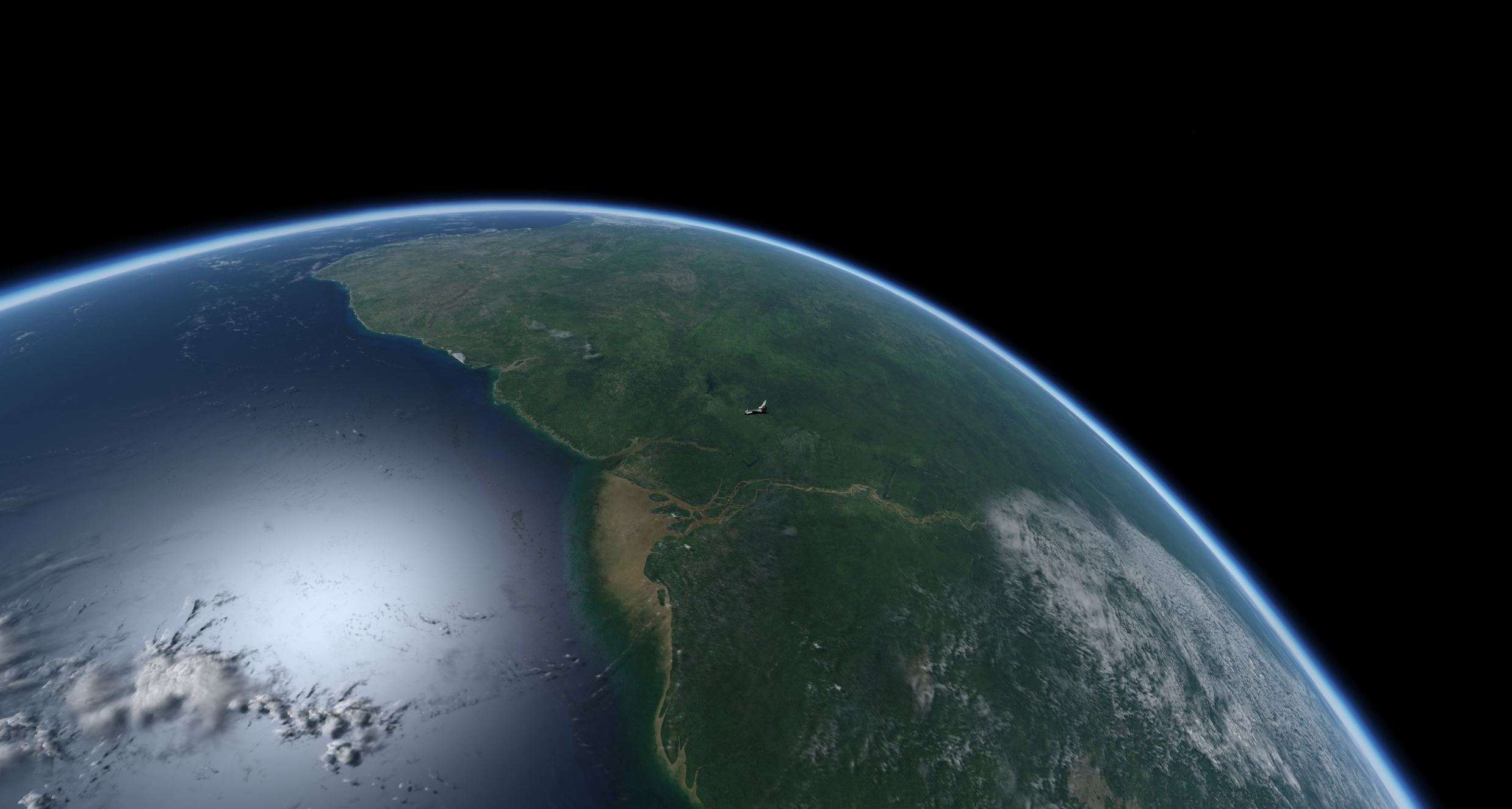
Fuel cells have been purged and IMU's aligned.
Approaching 10 hours, time for another OMS adjustement to circularize the Orbit.
Left picture: before the OMS burn, 70 ft/s of Dv at next Apsis
Right picture: OMS burn monitoring.

We are now on our final Orbit, 516 x 505 Nm after 26400 pounds of Ergols spent into the vacuum.
Remains on board 830 ft/s of delta velocity capability.
Time now for the real sleep event, and next action during Flight Day 2 for Payload Operations
Recommend
About Joyk
Aggregate valuable and interesting links.
Joyk means Joy of geeK